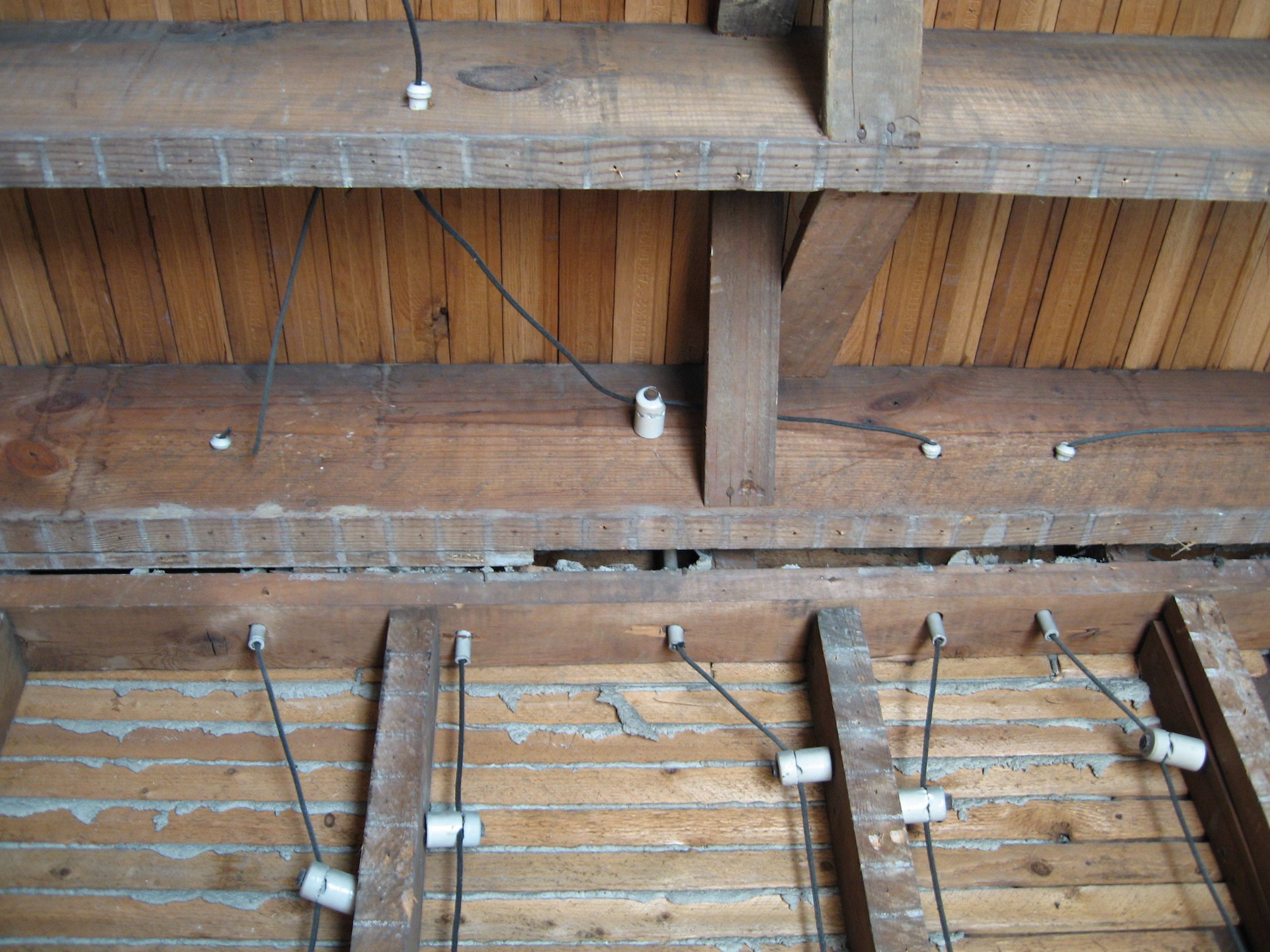
Behind the Cost: Understanding Why Contractors Charge What They Do
Ken Whiteman • January 14, 2024
When it comes to home improvement or construction projects, the cost of hiring a contractor can sometimes raise eyebrows. While it may seem like a significant investment, understanding the factors that contribute to the pricing structure can shed light on the true value contractors bring to the table. In this blog post, we'll delve into the reasons why contractors cost as much as they do and why these expenses are justified.

Professional Expertise:
- Contractors are seasoned professionals with specialized knowledge in their field. Years of experience and training enable them to tackle projects efficiently, ensuring quality workmanship and adherence to industry standards. The value of their expertise is reflected in the overall cost.
Licensing and Certification: - Obtaining and maintaining proper licensing and certifications is a costly and time-consuming process for contractors. These credentials not only demonstrate their commitment to professionalism but also contribute to the trustworthiness and reliability of their services.
Insurance Costs: - Contractors carry various types of insurance, including liability insurance and workers' compensation, to protect both themselves and their clients. These insurance policies contribute to the overall cost but provide essential coverage in the event of unforeseen accidents or damages.
Quality Materials and Tools: - Using high-quality materials and specialized tools is a hallmark of professional contractors. While these may come at a higher upfront cost, they ensure durability, longevity, and a finished product that meets or exceeds industry standards.
Labor and Skilled Workforce: - The cost of labor is a significant factor in any construction project. Contractors employ skilled workers who command fair wages for their expertise. Investing in a skilled workforce guarantees a level of craftsmanship that sets professional projects apart.
Project Planning and Management: - Contractors are responsible for comprehensive project planning and management. This includes obtaining necessary permits, coordinating subcontractors, and overseeing the project timeline. This level of organization ensures a smooth and efficient construction process but adds to the overall cost.
Overhead and Business Expenses: - Running a contracting business involves various overhead costs, such as office space, utilities, administrative staff, and marketing. These expenses contribute to the overall cost but are necessary for a contractor to operate a reputable and sustainable business.
Compliance with Building Codes: - Professional contractors are well-versed in local building codes and regulations. Ensuring that a project complies with these codes requires careful planning, documentation, and sometimes adjustments, all of which contribute to the overall cost.
Accountability and Warranty: - Reputable contractors stand by their work, offering warranties on both labor and materials. This accountability ensures that clients have peace of mind and adds an extra layer of quality assurance, justifying the investment.
Time and Efficiency:
Professional contractors prioritize efficiency without compromising quality. The cost reflects not only the time spent on the project but also the streamlined processes and expertise that contribute to timely completion.
Conclusion:
While the upfront cost of hiring a contractor may seem substantial, it's important to recognize the value and peace of mind that come with professional services. From expert craftsmanship to adherence to regulations, contractors bring a wealth of benefits to any construction or renovation project. Understanding the factors that contribute to their pricing can foster appreciation for the quality, reliability, and accountability that professional contractors deliver.
You might also like
Toolbox Talk

By Ken Whiteman
•
August 7, 2024
Knob-and-tube wiring, often known as K&T, was a common method of electrical wiring in North American buildings from around 1880 to the 1930s. This system used single-insulated copper conductors running through wall or ceiling spaces, passing through protective porcelain insulating tubes in joist and stud drill-holes. These conductors were supported by porcelain knob insulators for stability and were shielded by flexible cloth insulating sleeving, called loom, when entering wiring devices like lamps or switches. Originally using asphalt-saturated cotton cloth for insulation, it was later replaced with rubber. Splices in knob and tube setups involved twisting conductors, soldering, and insulating with rubber tape and friction tape (asphalt-saturated cloth) or placing them in metal junction boxes. Knob and tube wiring is no longer permitted in new construction, but existing installations are often allowed to remain if left undisturbed, unaltered, or disconnected. If any changes are made, the wiring must be upgraded to meet modern safety standards and NEC regulations. It is crucial to have only qualified professionals handle electrical work or maintenance. Note that while Pennsylvania does not have a statewide electrical license requirement, individual cities, towns, boroughs, and municipalities may have their own regulations.

By Ken Whiteman
•
August 7, 2024
The cost of installing a door can fluctuate depending on the specific job and client preferences. Doors come in a variety of styles and designs to cater to different tastes. There are hollow and solid slab interior doors, as well as exterior entry doors, storm doors, and screen doors, with options of wood, metal, or fiberglass materials. Clients may choose to reuse existing lock sets or opt for new ones. Sometimes, rebuilding the door frame is necessary if it has been damaged or rotted. Door prices can range from a few hundred dollars and can increase based on the desired aesthetics, design, material, and other factors. Labor and equipment costs can also vary, with the average cost for installing an exterior door typically falling between $600.00 and $1,000.00. Interior doors generally range from $150.00 to $400.00, while storm doors can cost between $500.00 and $900.00. It is always wise to have a rainy day fund with at least three months' worth of expenses or around $5,000.00 for unexpected projects like these. Costs may differ based on project specifics and individual contractors, as well as market fluctuations. If you're interested in discussing your door installation needs, please reach out to us – we're here to assist you!
Book a Service Today
Thank you for contacting us.
We will get back to you as soon as possible
We will get back to you as soon as possible
Oops, there was an error sending your message.
Please try again later
Please try again later
